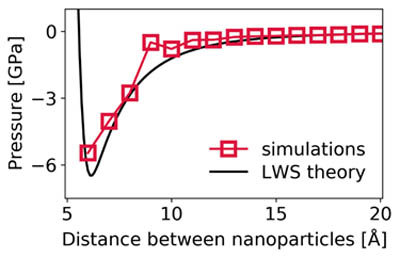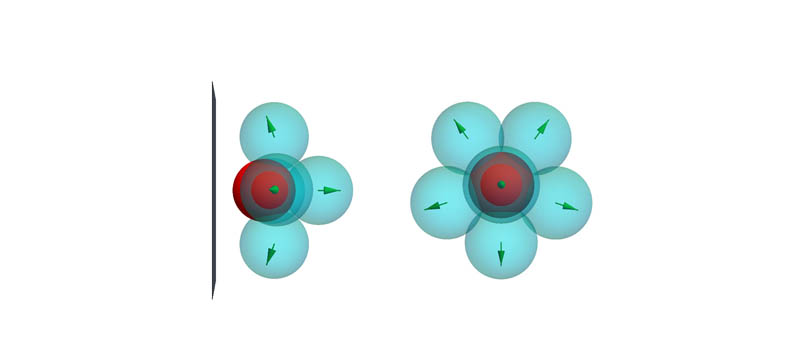The physics of cement cohesion

Read about Abhay Goyal’s work in The physics of cement cohesion just published in Science Advances. This study addresses the centuries-old question of what makes cement so strongly cohesive using a combination of computational and analytical physics.
Concrete is the most-manufactured substance in the world, and the production of cement (its main binding agent) accounts for 8% of global carbon emissions. Yet the mechanisms underlying its cohesion have remained poorly understood. The cohesion arises from the nanoscale electrostatics, specifically the like-charge attraction of hydrated nanoparticles. This phenomenon is also relevant to DNA folding, colloidal suspensions, and batteries. Previously understood in terms of ion correlations, the magnitude of attraction necessary for functional concrete remained unexplained. Using a new, semi-atomistic modeling approach we unraveled the role water plays in this phenomenon. This study showed that the key is the ion-water correlations, which lead to solid-like hydrated assemblies in nano-confined geometries. The resultant suppression of dielectric screening leads to a 100-fold increase in attraction! Incorporation of these observations into a novel Locked-Water-Shell (LWS) theory enables us to create the first, parameter-free analytic expression of this strong cohesion.


The fundamental understanding obtained from this study will enable us to effectively search for novel formulations of cement and lead to better, more sustainable construction materials.
Article link: https://advances.sciencemag.org/content/7/32/eabg5882
